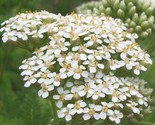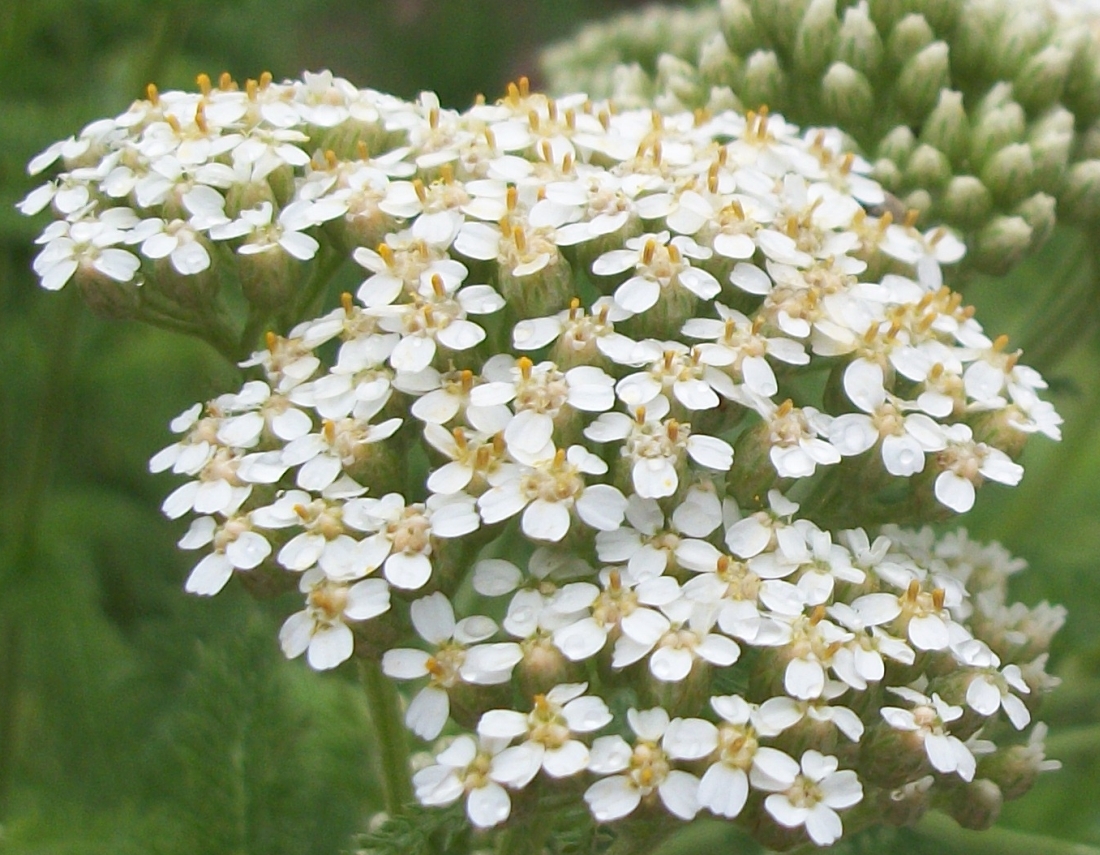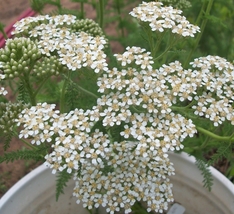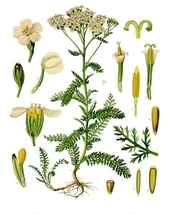Rendered at 09:49:44 12/09/25
Sign up and get $15.00 bCredits free to use at checkout and another $5.00 bCredits when you make your first purchase. More info
Envío gratis
25 recent views
Yarrow - Achillea millefolium 20 seed heads
€12,86 EUR
(It may be possible to pay only $13.34 instead of $14.99 when you
use your bCredits at checkout)
Sign up and get $15.00 bCredits free to use at checkout and another $5.00 bCredits when you make your first purchase. More info
Los buques de
United States

Share & earn! Sign in, share this or any listing, and you’ll get commission when it sells.
Learn more
Las opciones de envío
La política de devoluciones
None: All purchases final
Protección de compra
Información del catálogo
Opciones de pago
PayPal accepted
PayPal Credit accepted
Venmo accepted
PayPal, MasterCard, Visa, Discover, and American Express accepted
Maestro accepted
Amazon Pay accepted
Nuvei accepted
Las opciones de envío
La política de devoluciones
None: All purchases final
Protección de compra
Información del catálogo
Opciones de pago
PayPal accepted
PayPal Credit accepted
Venmo accepted
PayPal, MasterCard, Visa, Discover, and American Express accepted
Maestro accepted
Amazon Pay accepted
Nuvei accepted
Rasgos del artículo
| Categoría: | |
|---|---|
| cantidad disponible: |
98 En stock |
| Condition: |
New |
| Material: |
Other |
| Country/Region of Manufacture: |
United States |
| Color: |
White |
Detalles del anuncio
| Las políticas del vendedor: | |
|---|---|
| Envío de descuento: |
Vendedor paga el envío para este artículo. |
| Precio de descuento: |
10% De descuento w / $30.00 pasó |
| Publicado en venta: |
Más de una semana |
| Artículo número: |
368217777 |
Descripción del Artículo
This listing is for 20 Yarrow - Achillea millefolium seeds heads.
Other common names for this species include gordaldo, nosebleed plant, old man's pepper, devil's nettle, sanguinary, milfoil, soldier's woundwort, thousand-leaf, and thousand-seal.
On Yarrow, Wiki says:
It has been introduced as a feed for live stock in New Zealand and Australia.
Yarrow has also been used as a food, teas, and was very popular as a vegetable in the 17th century. The younger leaves are said to be a pleasant leaf vegetable when cooked like spinach, or in a soup.
In antiquity, yarrow was known as herbal militaris, for its use in stanching the flow of blood from wounds.
The feather like leaves are strong smelling of winto-green and are rich in minerals.
A. millefolium has seen historical use as in traditional medicine, often because of its astringent effects. The herb is purported to be a diaphoretic, astringent, tonic, stimulant and mild aromatic. It contains isovaleric acid, salicylic acid, asparagin, sterols, flavonoids, bitters, tannins, and coumarins. The genus name Achillea is derived from mythical Greek character, Achilles, who reportedly carried it with his army to treat battle wounds.
The dark blue essential oil, extracted by steam distillation of the flowers, has been used as an anti-inflammatory or in chest rubs for colds and influenza.
The aerial parts act as a tonic for the blood, stimulate the circulation, and can be used for high blood pressure; it is also useful in menstrual disorders, and as an effective sweating remedy to bring down fevers.
Chinese proverbs claim yarrow brightens the eyes and promotes intelligence.
Yarrow and its North American varieties, was used in traditional Native American herbal medicine by tribes across the continent. The Navajo considered it to be a "life medicine", chewed it for toothaches, and poured an infusion into ears for earaches. The Miwok in California used the plant as an analgesic and head cold remedy.
Several tribes of the Plains Indians used common yarrow. The Pawnee used the stalk for pain relief. The Chippewa used the leaves for headaches by inhaling it in a steam. They also chewed the roots and applied the saliva to their appendages as a stimulant. The Cherokee drank a tea of common yarrow to reduce fever and aid in restful sleep.
Among the Zuni people use the occidentalis variety medicinally. The blossoms and root are chewed, and the juice applied before fire-walking or fire-eating. A poultice of the pulverized plant is mixed with water and applied to burns. Recently it was reported that treatment with Achillea millefolium may attenuate disease severity, inflammatory responses, and demyelinating lesions in a mouse model of Multiple Sclerosis.
Yarrow is cultivated as an ornamental plant by many plant nurseries.
The plant is a frequent component of butterfly gardens.
Yarrow is considered an especially useful companion plant, repelling some pest insects while attracting good, predatory ones.
Combats soil erosion due to the plant's resistance to drought also making it a survival medicine.
Several cavity-nesting birds, including the common starling, use yarrow to line their nests.
Experiments conducted on the tree swallow, which does not use yarrow, suggest that adding yarrow to nests inhibits the growth of parasites.
One last interesting note.
Yarrow's essential oils kill the larvae of the mosquito Aedes albopictus.
In a time when our cities are spraying deadly toxins from the air and trucks to kill the harmful mosquitoes while blanketing all the Other Creatures Bees and Children alike in poisons, maybe this plant deserves a chance as a natural solution to the world's mosquito problems.
As for me, I put the leaves of this one in my rain collection barrels to keep the sketters from breeding.
The plant grows into a beautiful monster when cared for.
We love it and think you will too.
Thank you for looking!
-Botanist Dave
Added to your wish list!

- Yarrow - Achillea millefolium 20 seed heads
- 98 in stock
- Handling time 3 day.
Get an item reminder
We'll email you a link to your item now and follow up with a single reminder (if you'd like one). That's it! No spam, no hassle.
Already have an account?
Log in and add this item to your wish list.










